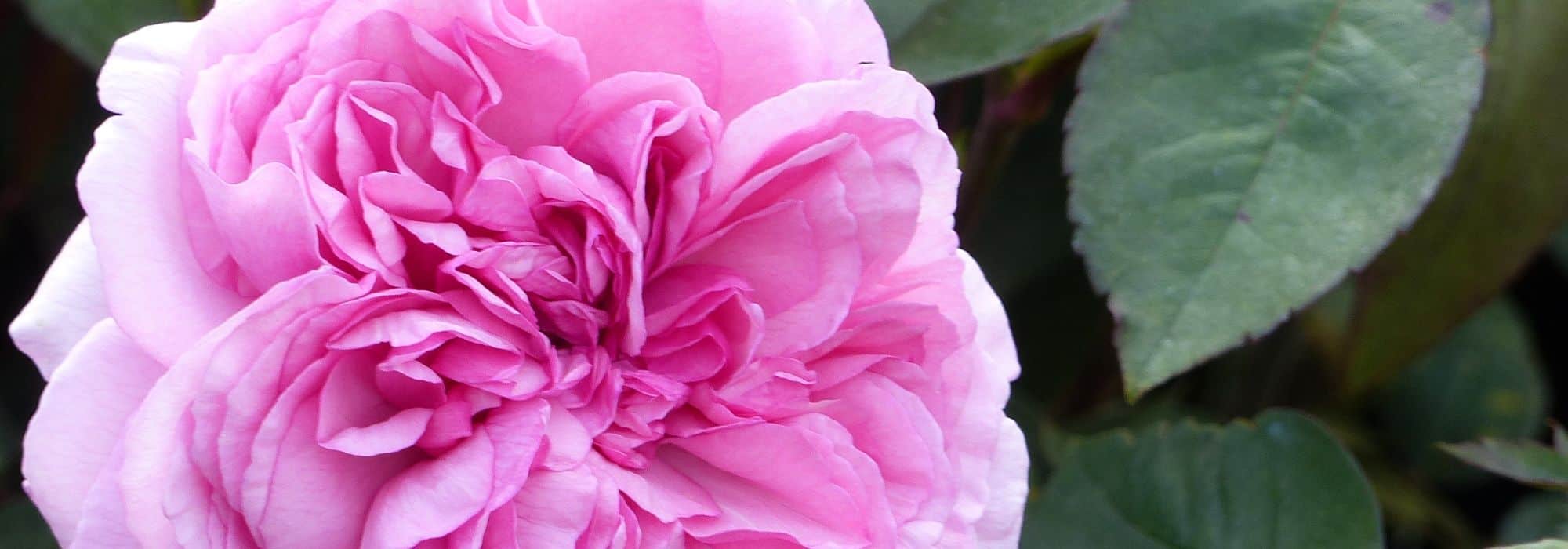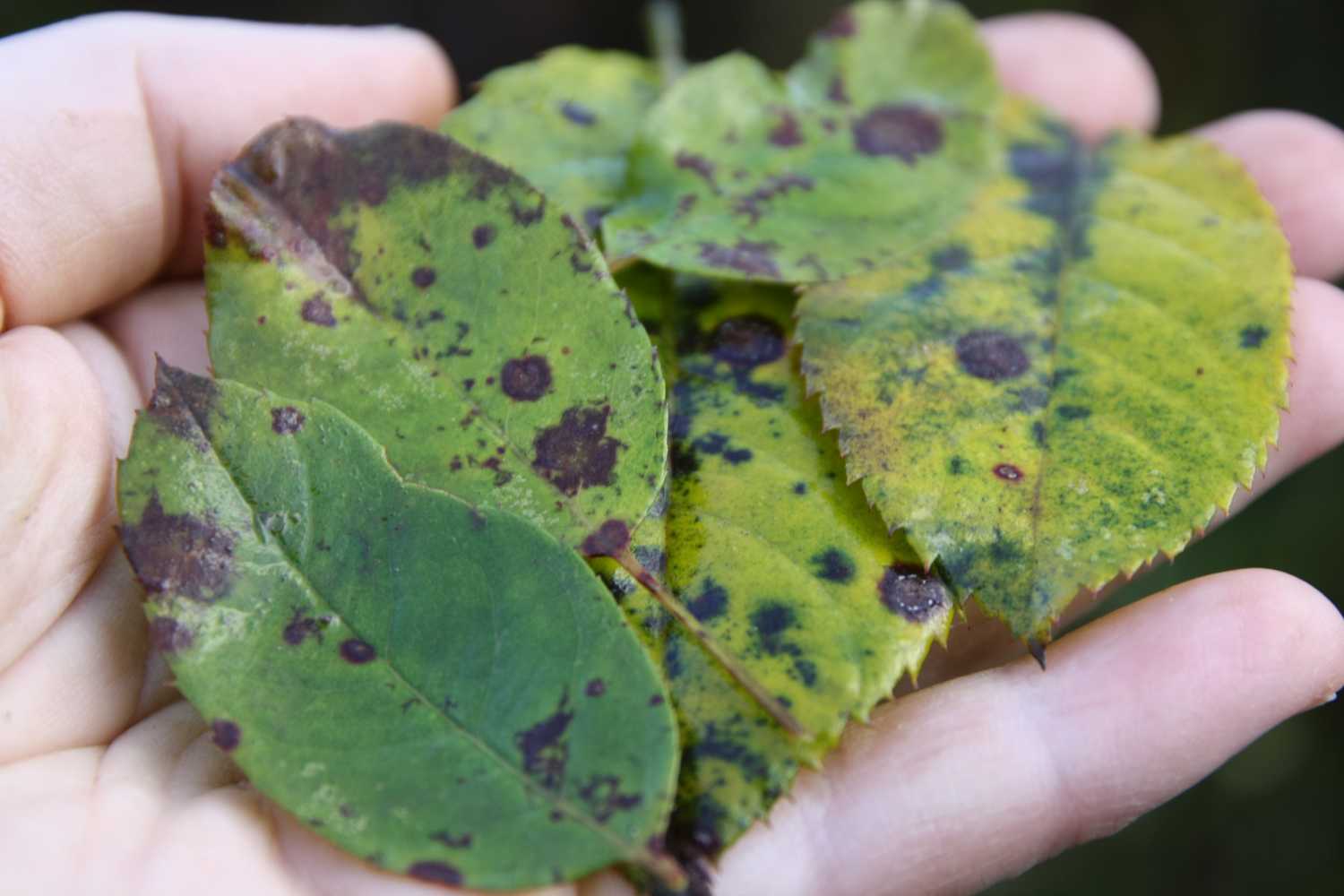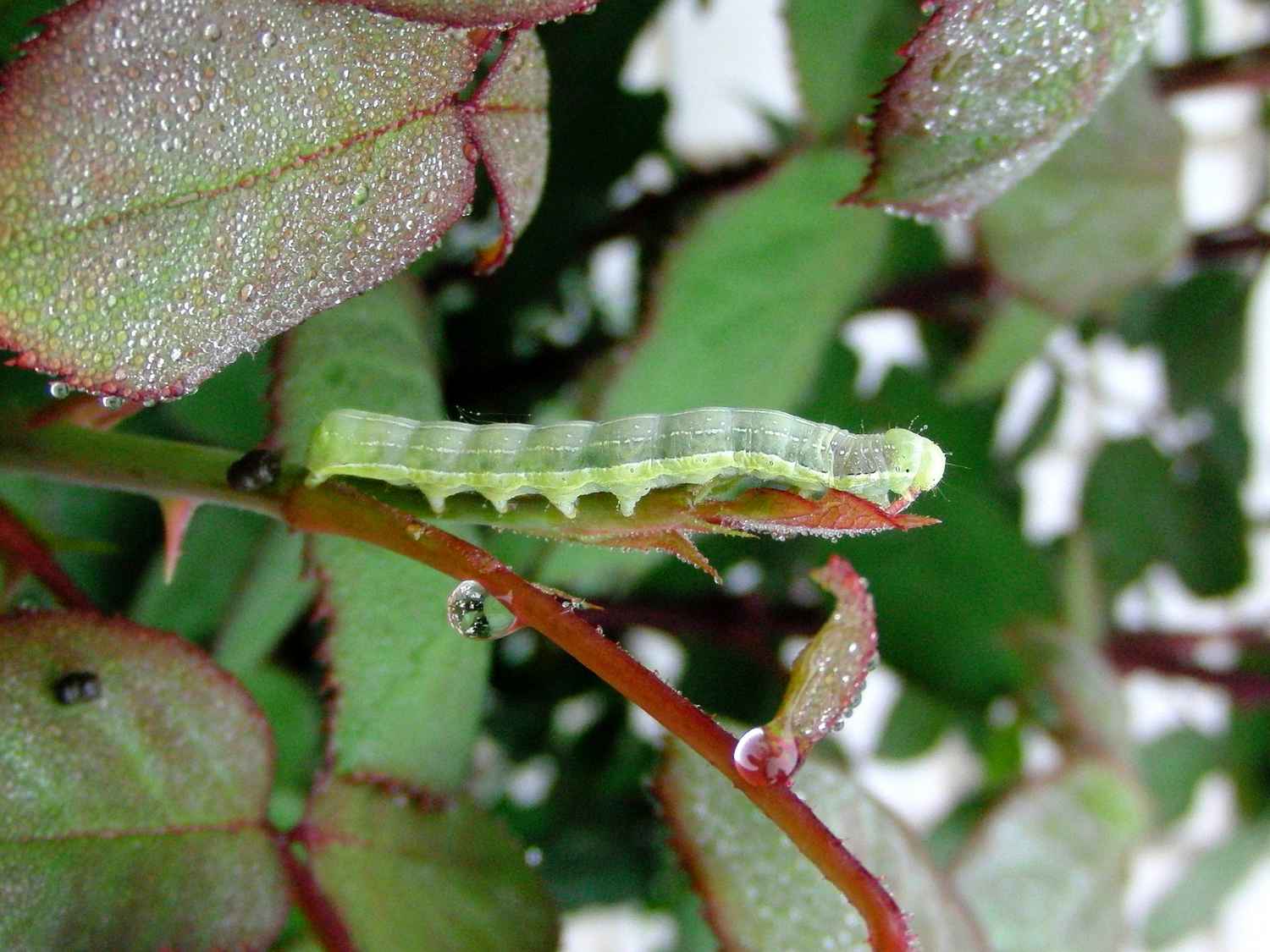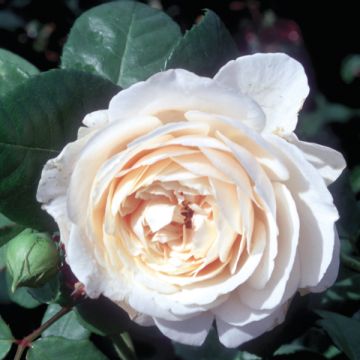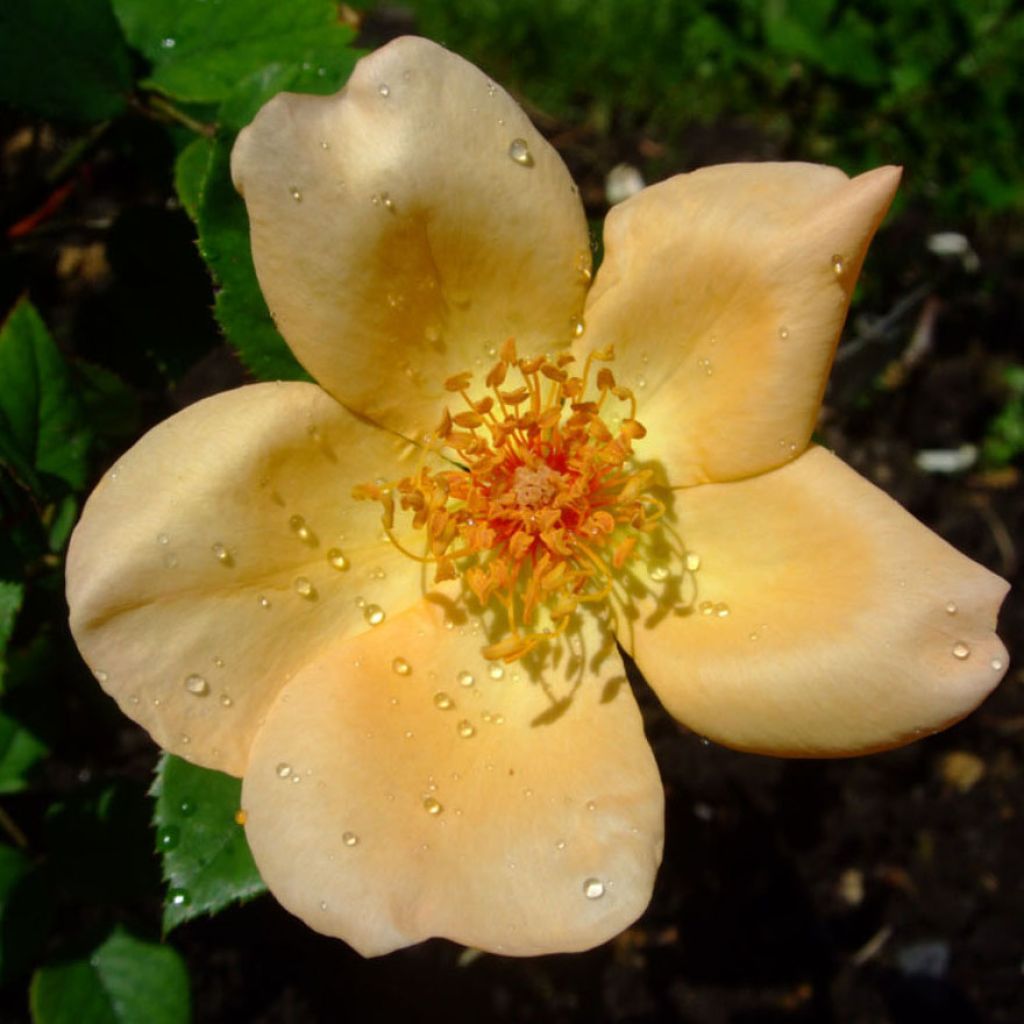

Rosa Mrs Oakley Fisher - Hybrid Tea
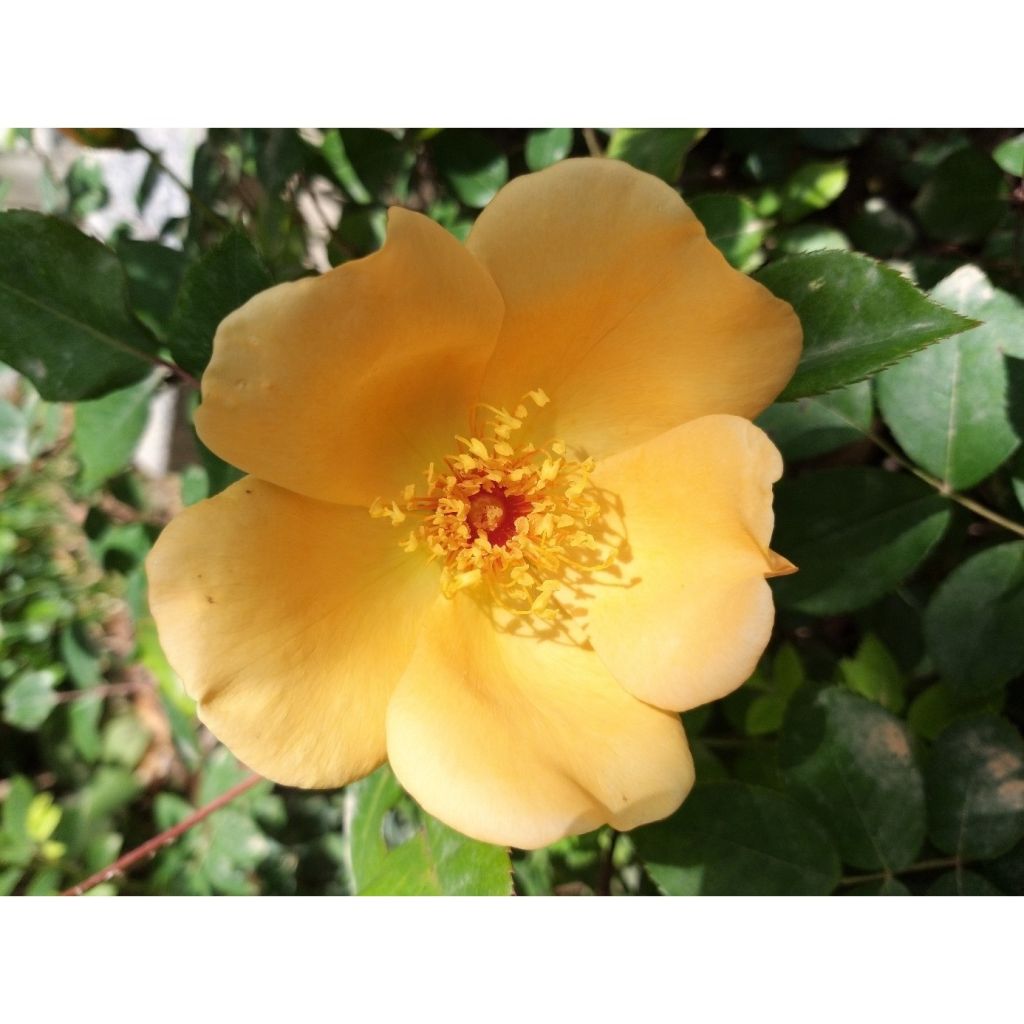

Rosa Mrs Oakley Fisher - Hybrid Tea
View more pictures
Hide images
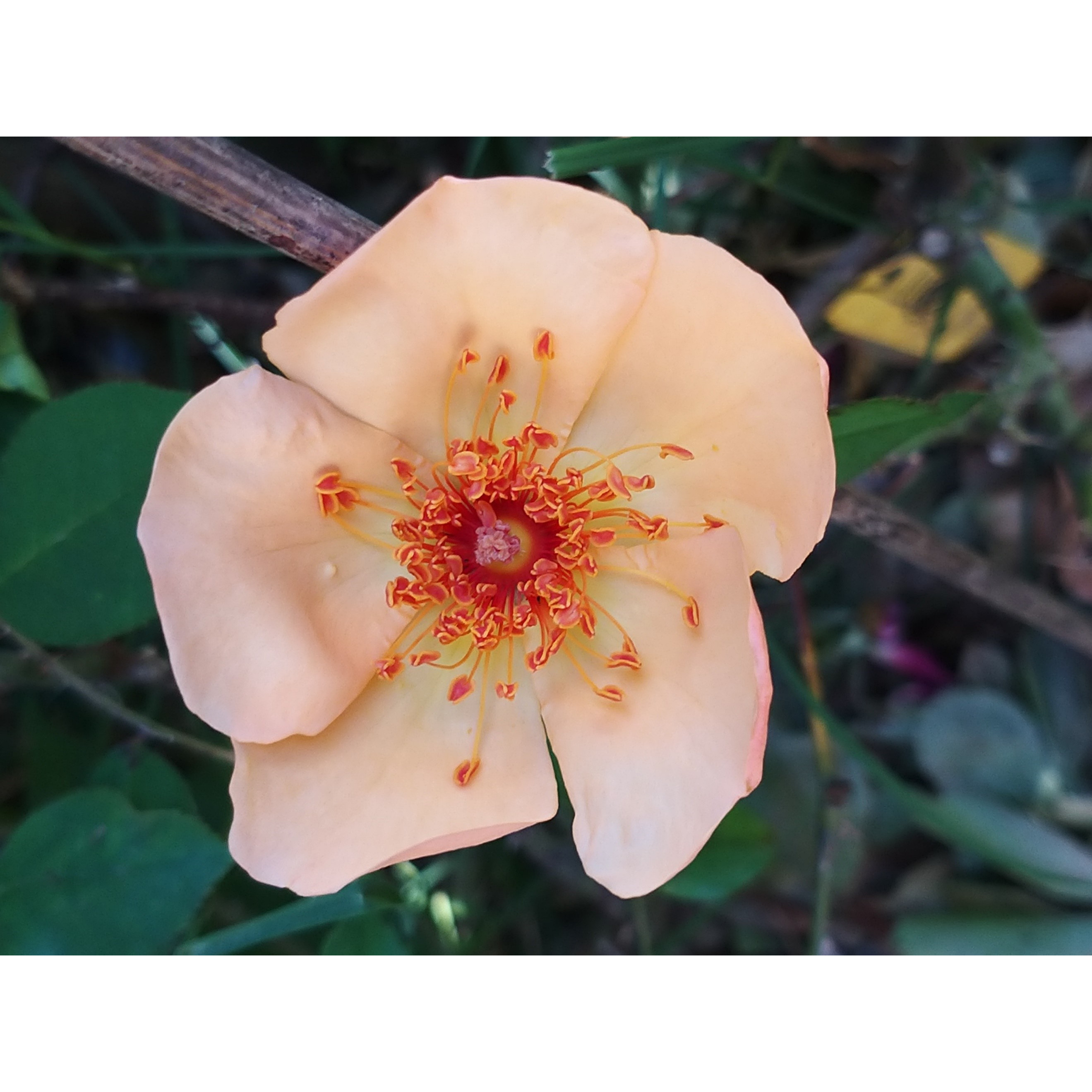
Thierry P.

May flowering - image 22
Thierry P. • 84 FR
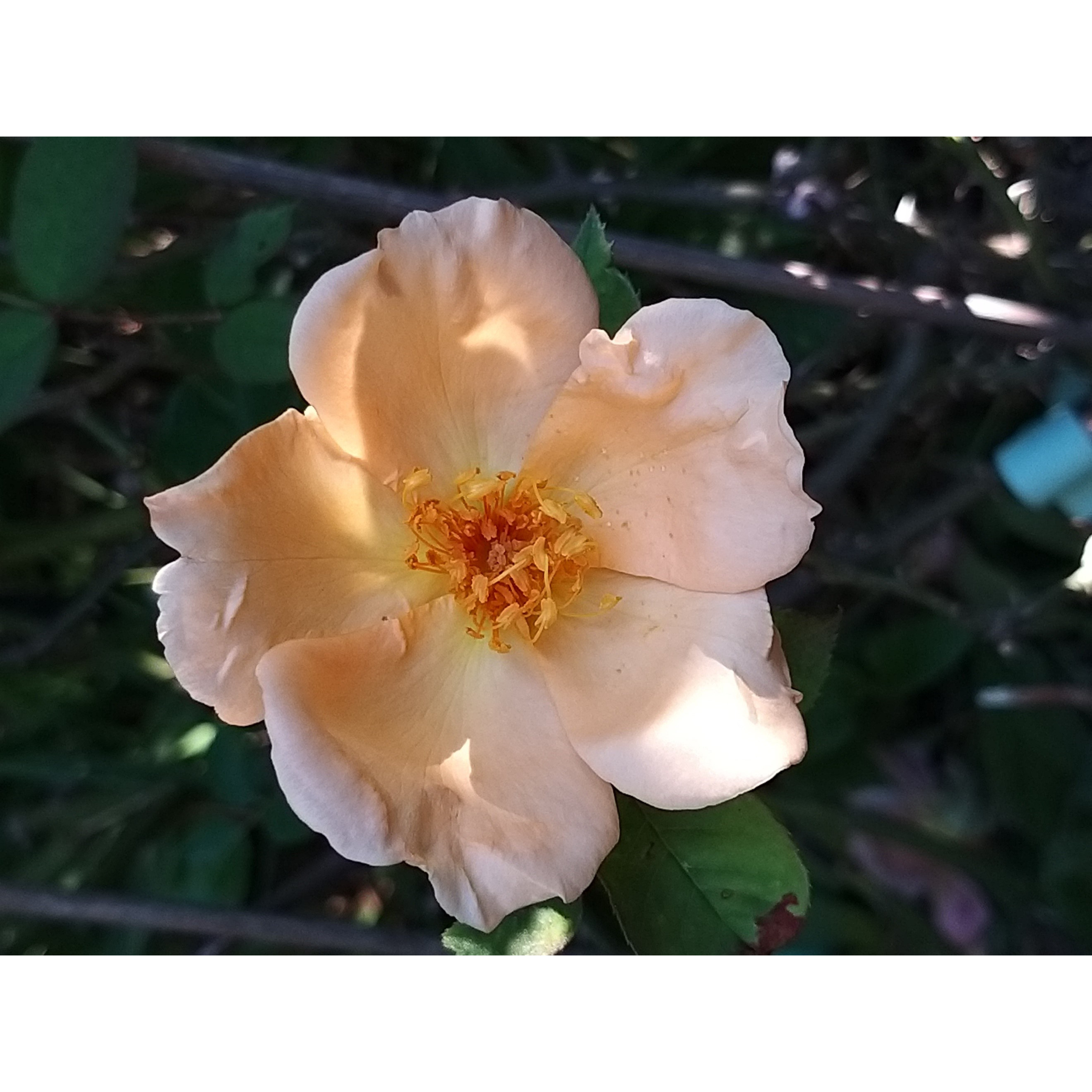
Thierry P.

May flowering - image 21
Thierry P. • 84 FR
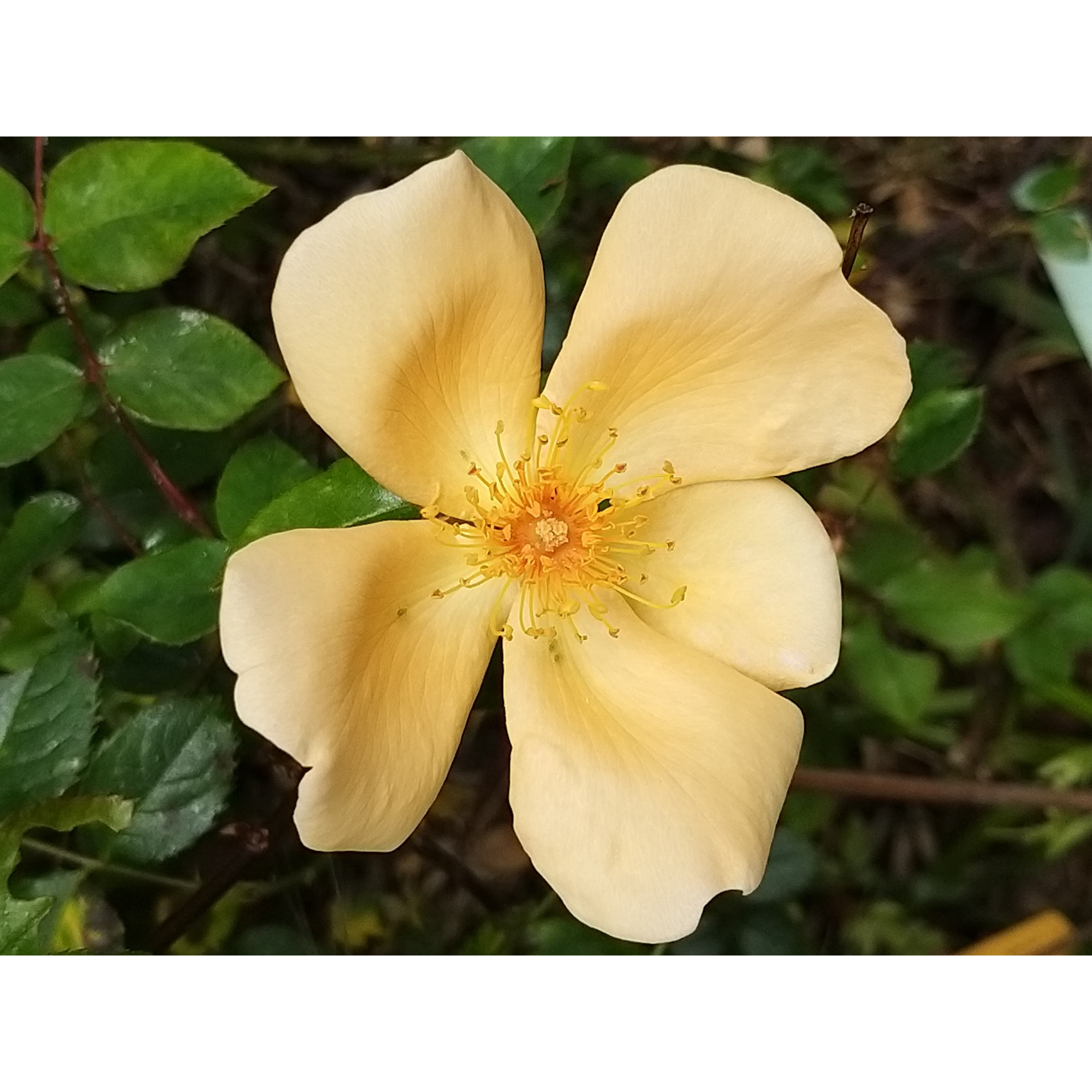
Thierry P.

April flowering - image 19
Thierry P. • 84 FR
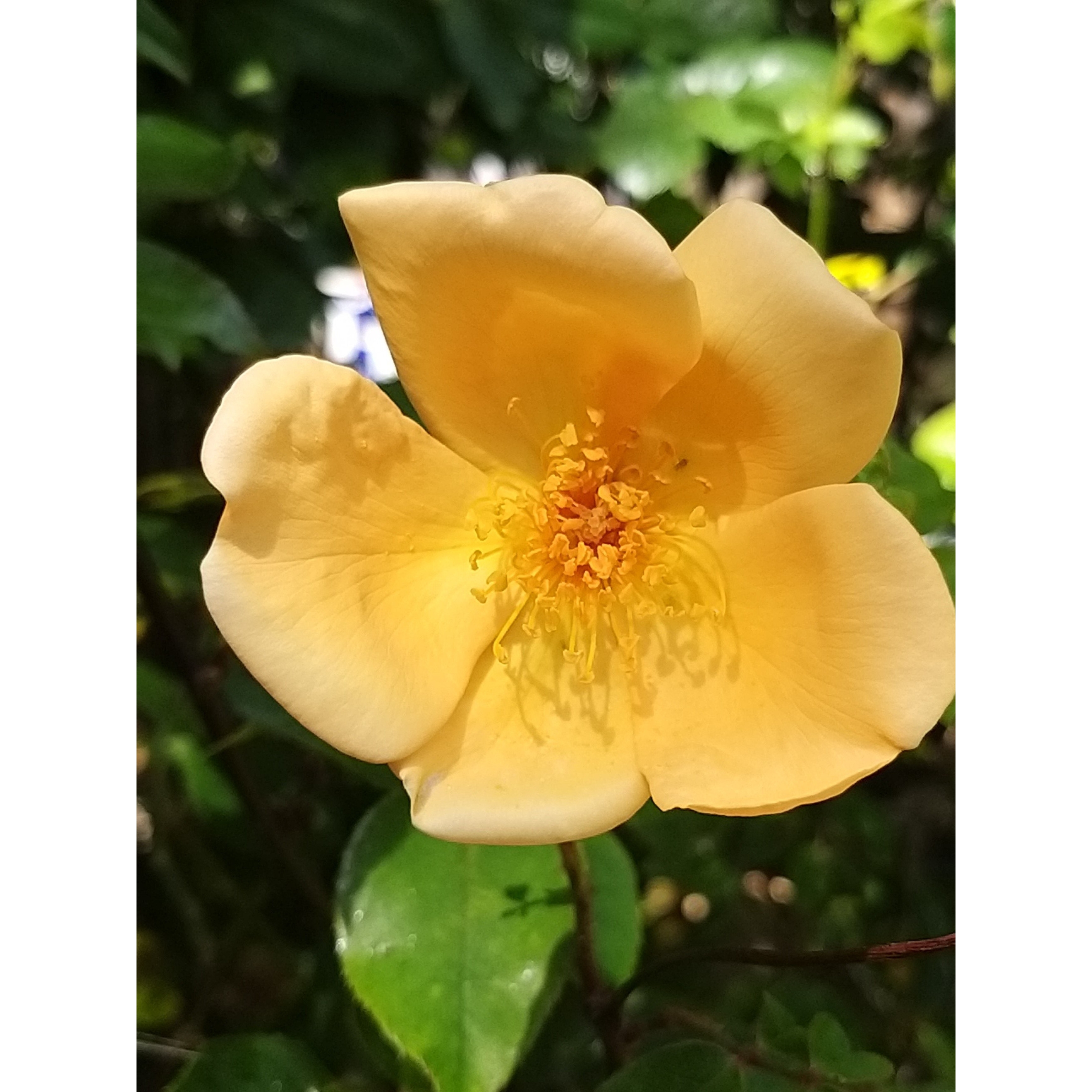
Thierry P.

April flowering - image 18
Thierry P. • 84 FR
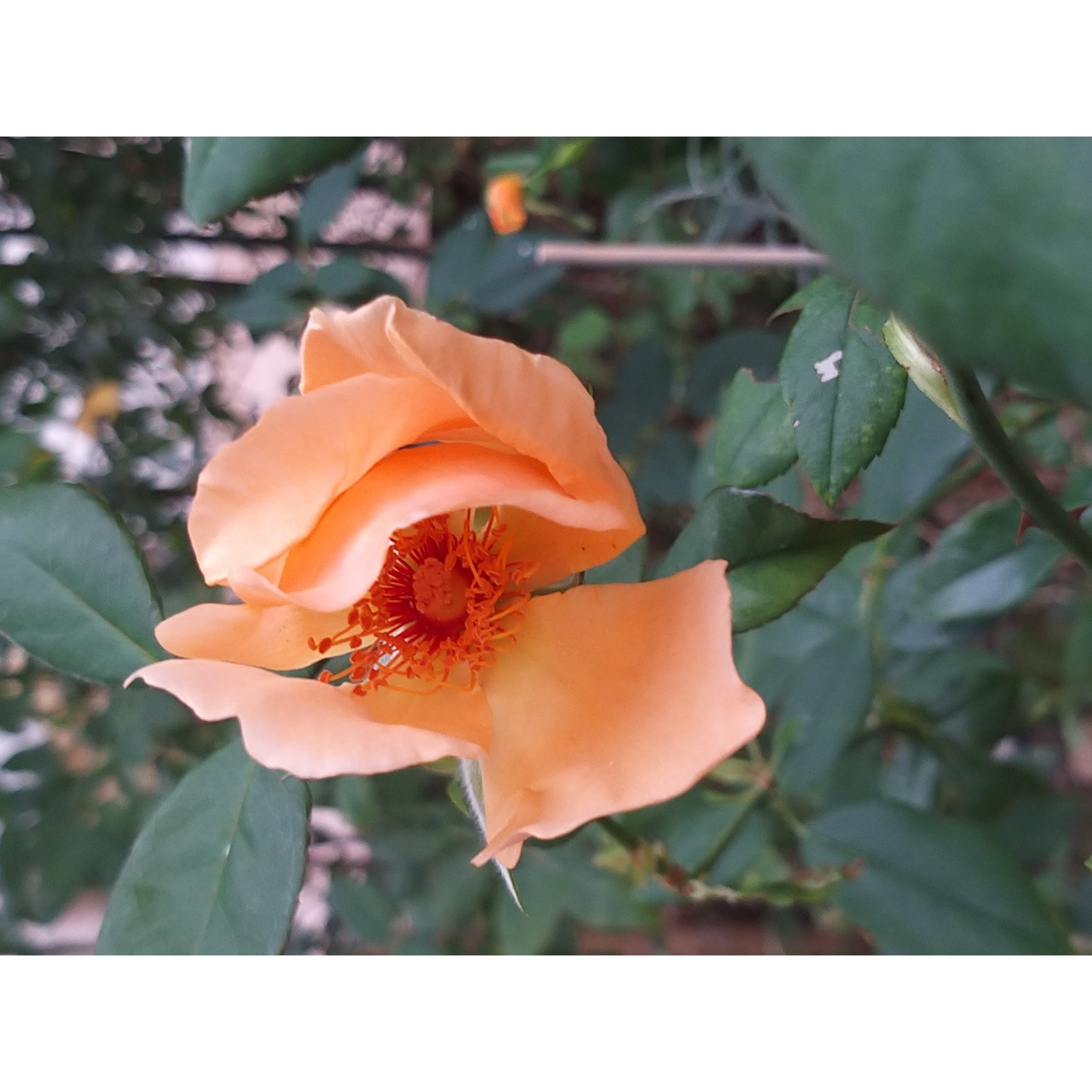
Thierry P.

October flowering - image 16
Thierry P. • 84 FR
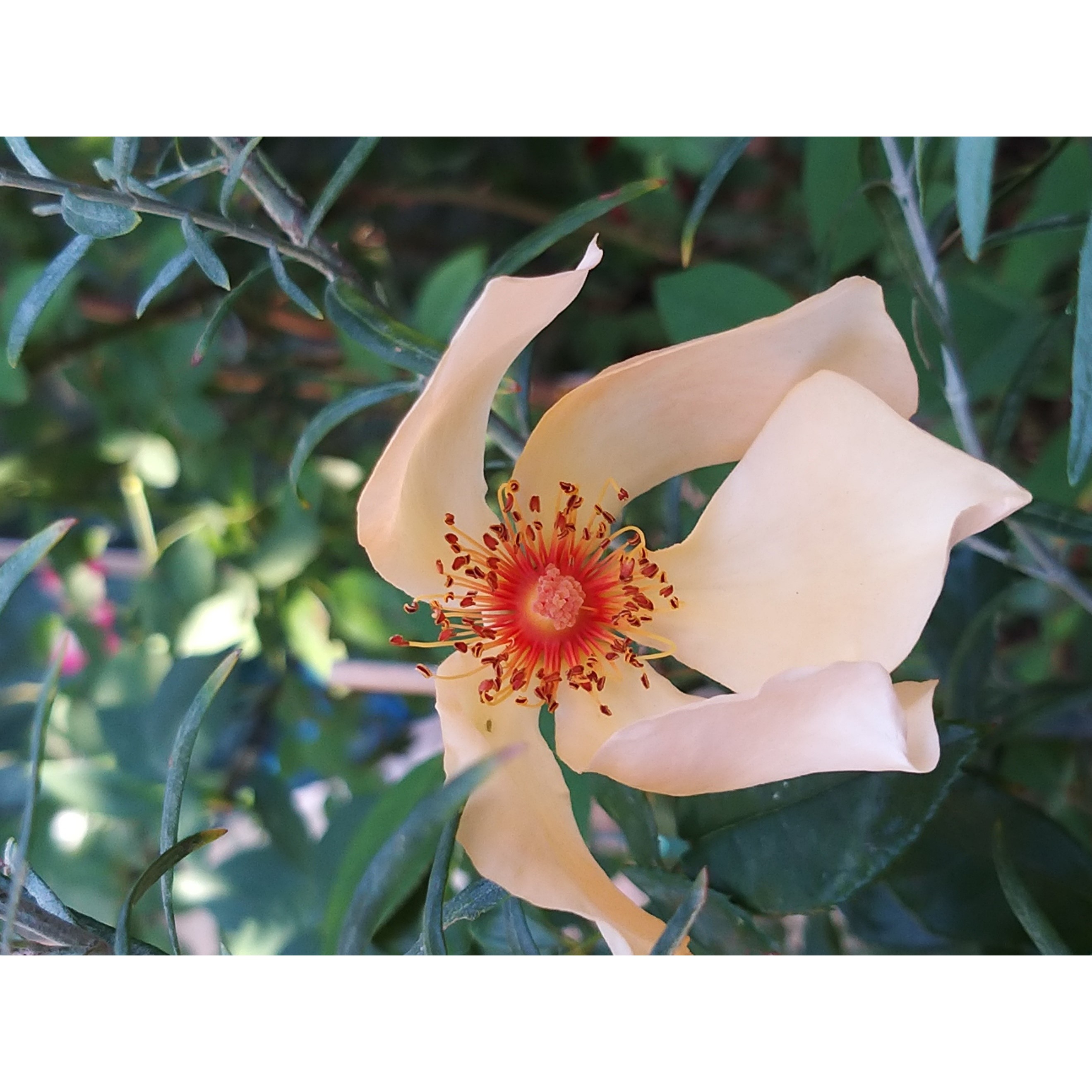
Thierry P.

Flowering in October - image 15
Thierry P. • 84 FR
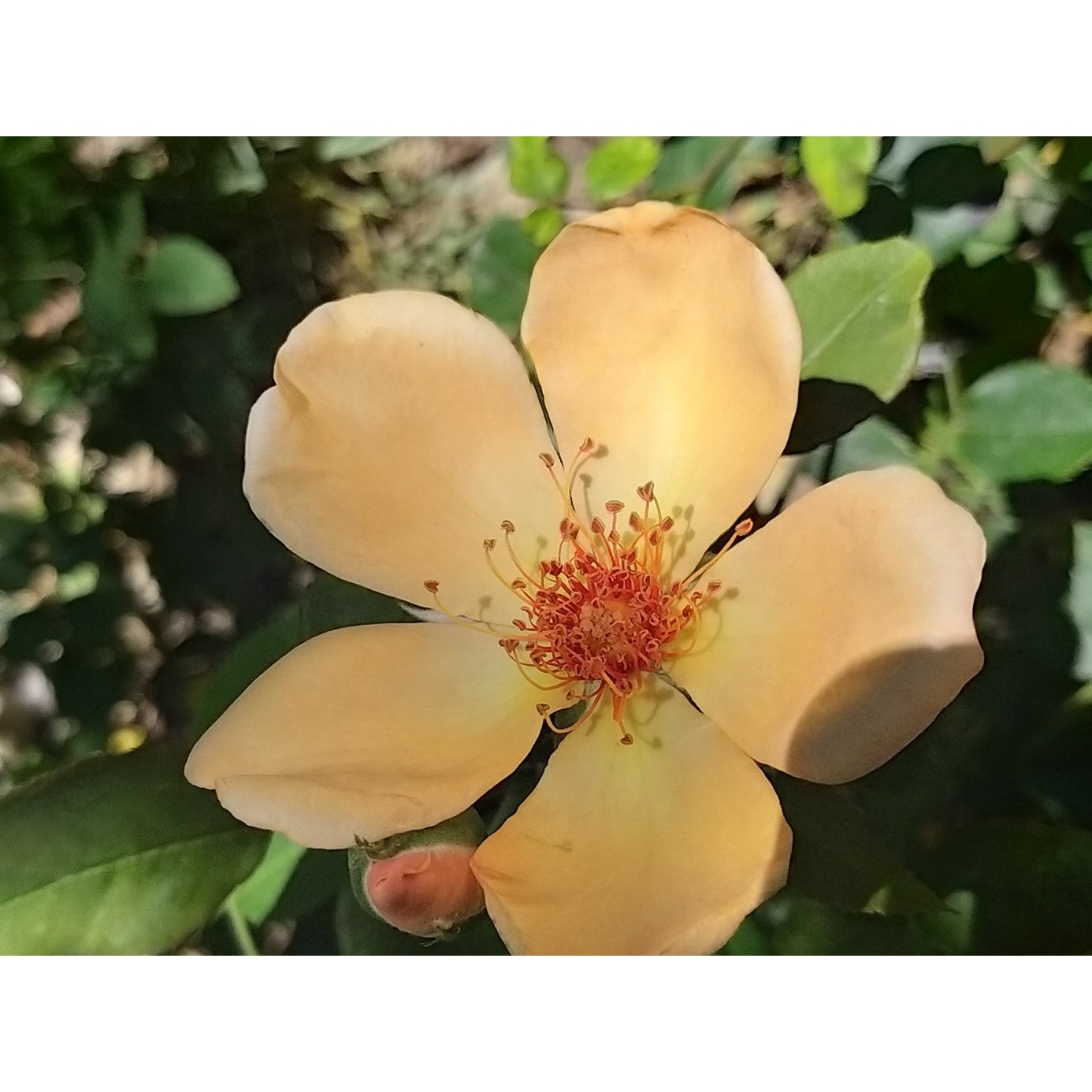
Thierry P.

N/A
Thierry P. • 84 FR
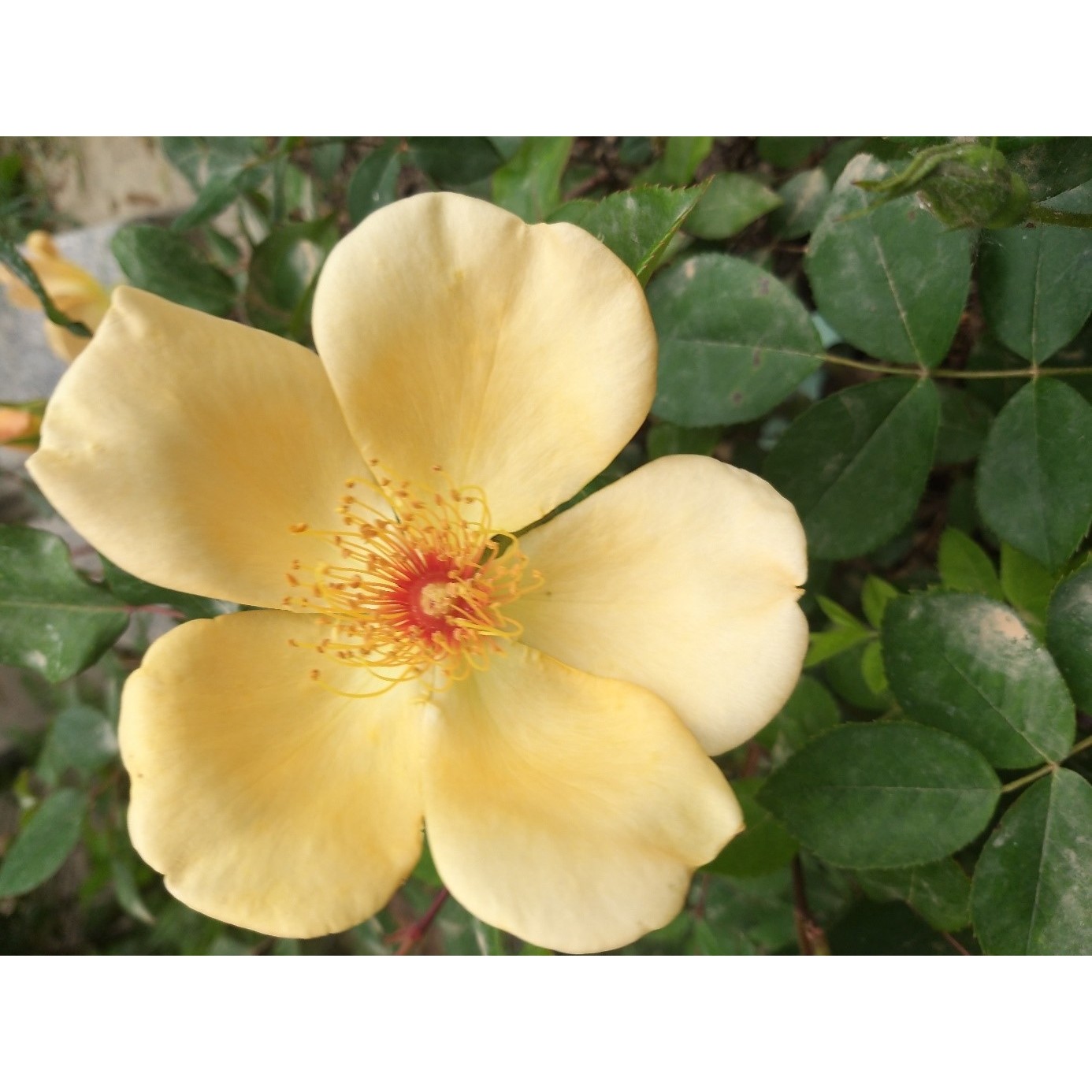
Thierry P.

Thierry P. • 84 FR
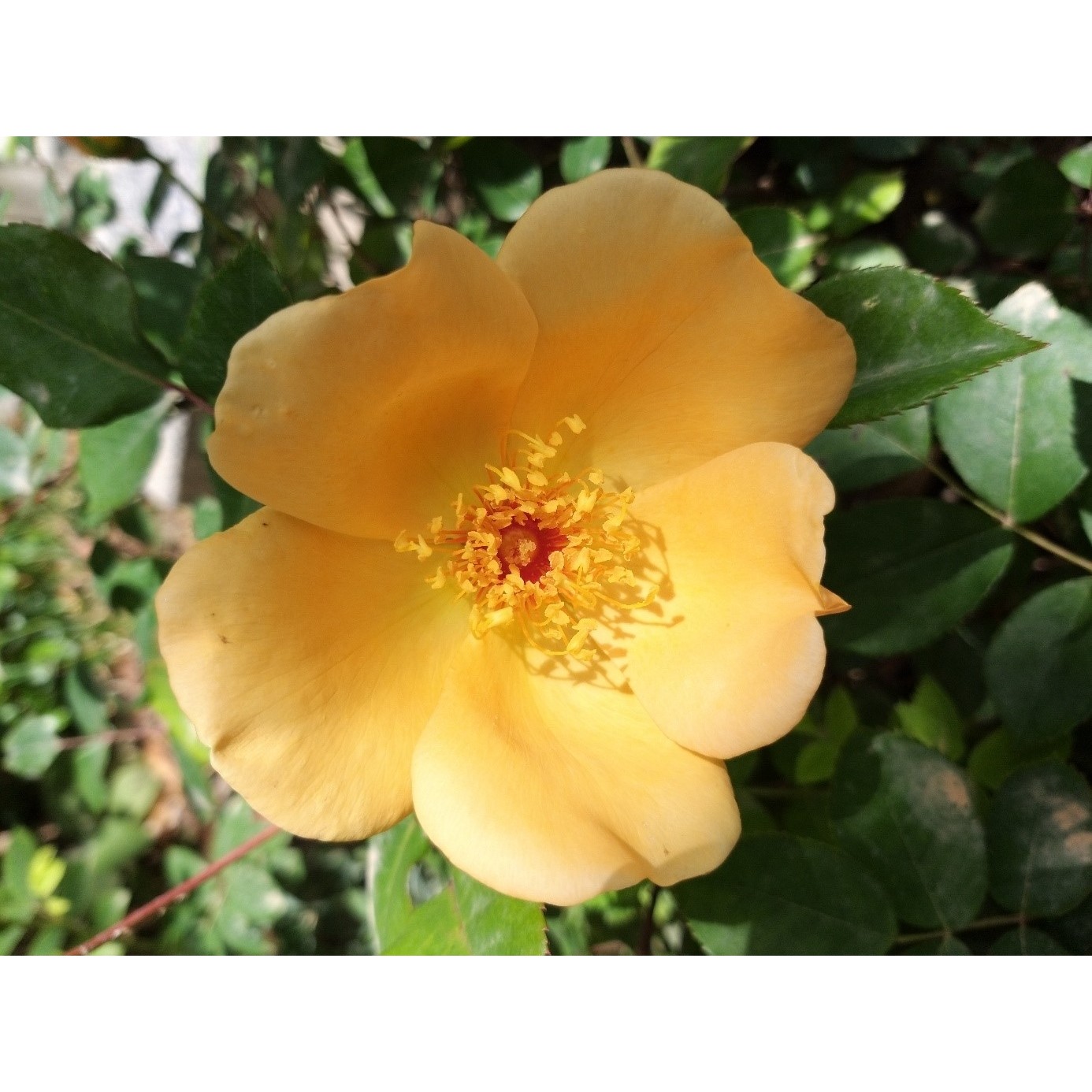
Thierry P.

Thierry P. • 84 FR
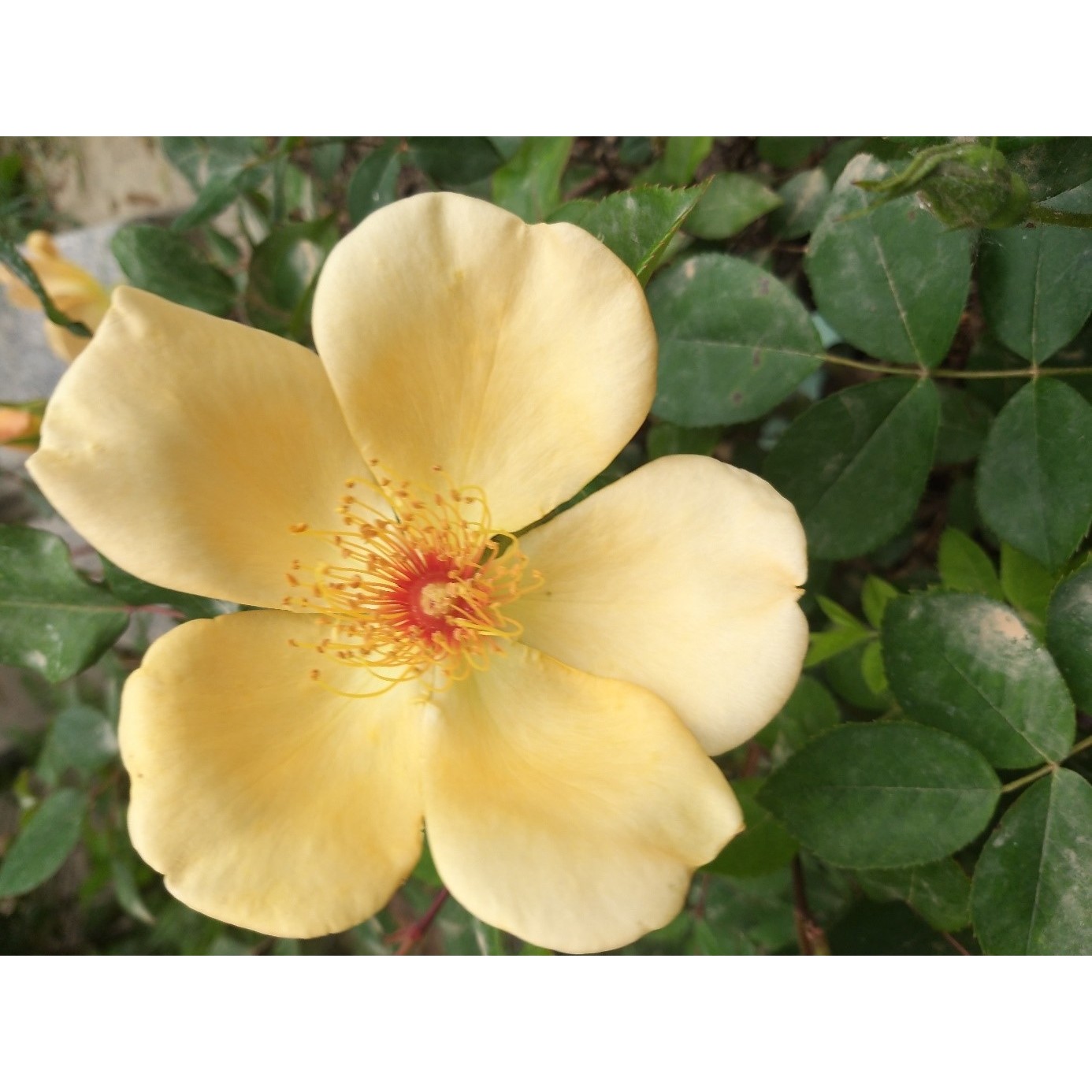
Thierry P.

April flowering - image 6
Thierry P. • 84 FR
Rosa Mrs Oakley Fisher - Hybrid Tea
Rosa Mrs Oakley Fisher
Modern Hybrid Tea Rose
Thanks to Clothilde (order preparation and quality control), the young plant is already thriving in its location (near varieties: The Mermaid, Mutabilis, Viridiflora, New dawn, Banks alba). Testimony from an amateur who has successfully planted over 330 different varieties of roses in their garden.
Thierry P., 25/11/2018
Special offer!
Receive a €20 voucher for any order over €90 (excluding delivery costs, credit notes, and plastic-free options)!
1- Add your favorite plants to your cart.
2- Once you have reached €90, confirm your order (you can even choose the delivery date!).
3- As soon as your order is shipped, you will receive an email containing your voucher code, valid for 3 months (90 days).
Your voucher is unique and can only be used once, for any order with a minimum value of €20, excluding delivery costs.
Can be combined with other current offers, non-divisible and non-refundable.
Home or relay delivery (depending on size and destination)
Schedule delivery date,
and select date in basket
We guarantee the quality of our plants for a full growing cycle, and will replace at our expense any plant that fails to recover under normal climatic and planting conditions.
Description
Rosa 'Mrs Oakley Fisher', too little planted in our gardens, is perhaps the most refined of the single-flowered Hybrid Teas. It stands out for its graceful appearance of an old or botanical rose, its slender wood of thorny bush forming beautiful eglantines with a soft yellow colour nuanced with pale orange, both charming and natural. Its flowering lasts a long time, from spring to autumn. Although much smaller than its vigorous cousin 'Mutabilis', it shares with it a unique charm, excellent disease resistance, floribundity, but also a preference for mild climates. A rose to adopt when you love eglantines!
Rosa 'Mrs Oakley Fisher' is an English creation by Benjamin R. Cant & Sons, dating back to 1921. This variety is quite difficult to find in French horticultural trade despite all its value. A little slow to establish, it forms in a well-prepared soil a pretty, slender and rounded bush, with reddish-brown thorny stems, about 80-90cm (31.5 - 35.4in) in all directions, flexible, and covered with a small foliage resistant to diseases, of a shiny and original bronze-green colour. Its flowering is abundant from June to September-October. Its corollas, 5-6cm (2 - 2.4in) wide, are single, with 5 petals, gathered in clusters of 5 to 7 light flowers revealing a crown of yellow stamens and a small bright orange heart. The pointed orange buds open into flat and well-opened cups, blending different shades of yellow, salmon, and orange sorbet. Their fragrance is light.
Bush roses allow for beautiful small hedges, planted mixed at the edge of the terrace or in small-sized shrub beds. Associate them with Abelias, Nandinas, or Caryopteris for example. They are good companions for panicle phloxes and tall Gypsophilias. The moderate pruning and the natural distinction of the 'Mrs Oakley Fisher' rose make it a variety to highlight in a small garden, among non-invasive perennials (it fears competition from other plants, especially when young) with discreet flowering that will not overshadow its unique charm (white Astrantias, Stachys, Crambe cordifolia, small grasses...). According to the desires of each gardener, it can be planted in a bed of eglantine roses (Rosa mutabilis, English roses 'Morning Mist' or 'Fighting Temeraire'), accompanied by white varieties ('Marie Pavie', 'Swanny'), or mauve ones ('Blue Boy', 'Rhapsody in Blue', 'Roman Waltz'), or mixed with easy-to-grow perennials such as perennial geraniums, small-flowered carnations, or asters.
Rosa Mrs Oakley Fisher - Hybrid Tea in pictures
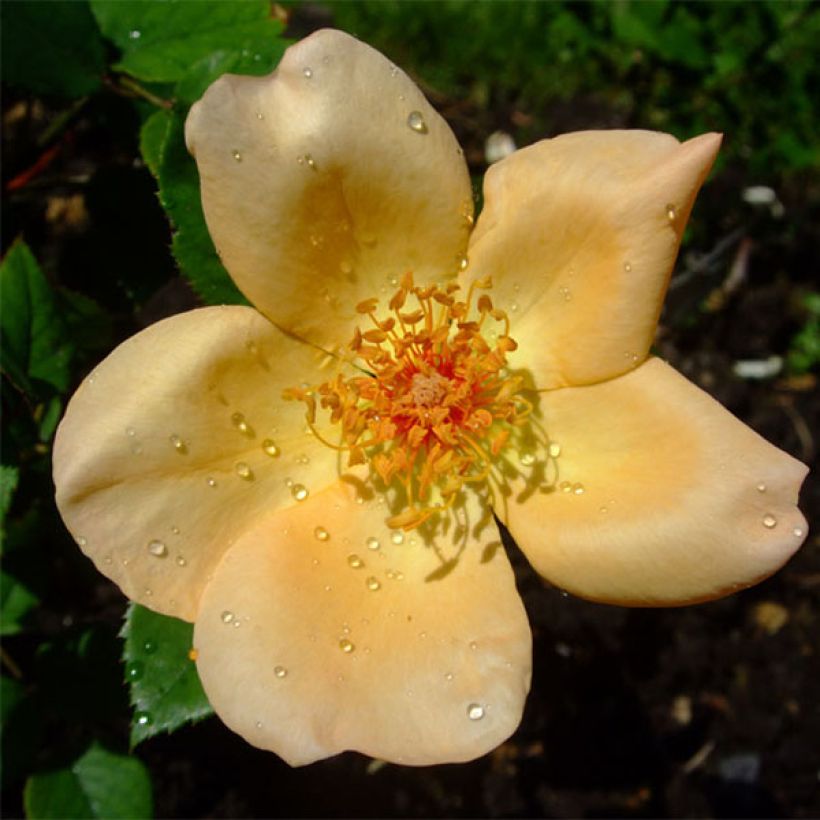

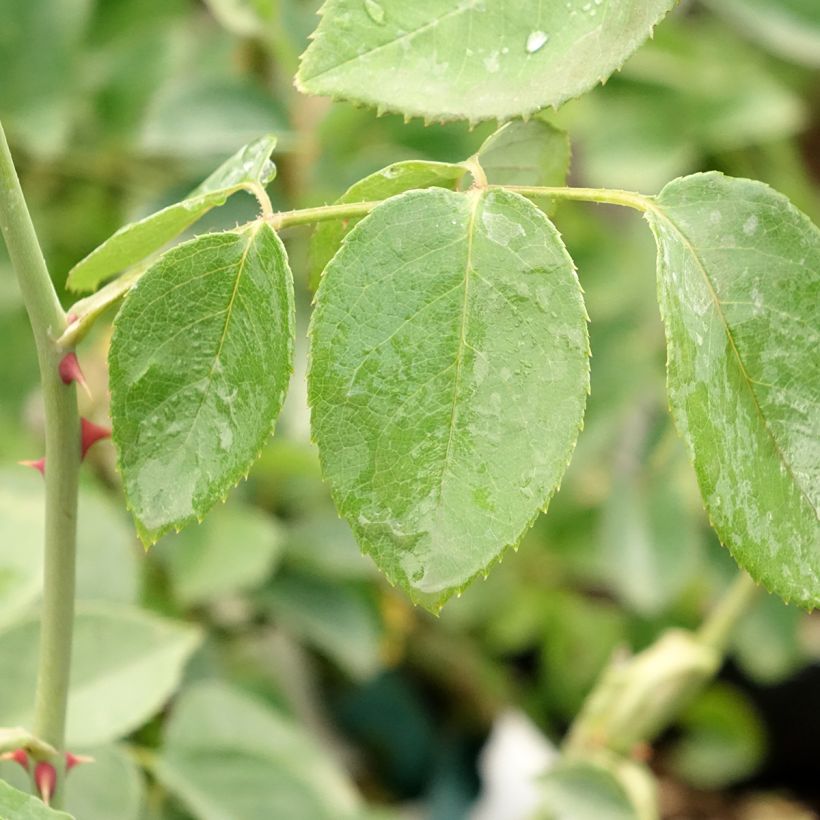

Plant habit
Flowering
Foliage
Botanical data
Rosa
Mrs Oakley Fisher
Rosaceae
Modern Hybrid Tea Rose
Cultivar or hybrid
Rosa canina Laxa (Wrapped bare root, 4L/5L pot)
Planting and care
Plant Rosa 'Mrs Oakley Fisher' from November to March, in ordinary, well-tilled, light and well-drained soil. Hybrid Tea roses prefer light soils and are a bit frost-sensitive. In soil that is too sandy, too compact or too dry in summer, it is preferable to bury compost, decomposed manure or compost at the bottom of the planting hole. This rose dreads waterlogged soils in winter. Install it in a sunny location, preferably with some shade in hot climates, in a place sheltered from strong winds. Roses are greedy plants, a specific fertilizer will be beneficial at the start of vegetation, and regularly during the entire flowering period. To encourage reblooming, regularly remove faded flowers.
Roses are often stained or ugly at the end of summer, but it is not a problem for their development. These stains are not harmful to the rose, it is a natural phenomenon.
Planting period
Intended location
Care
Planting & care advice
-
, onOrder confirmed
Reply from on Promesse de fleurs
Similar products
Haven't found what you were looking for?
Hardiness is the lowest winter temperature a plant can endure without suffering serious damage or even dying. However, hardiness is affected by location (a sheltered area, such as a patio), protection (winter cover) and soil type (hardiness is improved by well-drained soil).

Photo Sharing Terms & Conditions
In order to encourage gardeners to interact and share their experiences, Promesse de fleurs offers various media enabling content to be uploaded onto its Site - in particular via the ‘Photo sharing’ module.
The User agrees to refrain from:
- Posting any content that is illegal, prejudicial, insulting, racist, inciteful to hatred, revisionist, contrary to public decency, that infringes on privacy or on the privacy rights of third parties, in particular the publicity rights of persons and goods, intellectual property rights, or the right to privacy.
- Submitting content on behalf of a third party;
- Impersonate the identity of a third party and/or publish any personal information about a third party;
In general, the User undertakes to refrain from any unethical behaviour.
All Content (in particular text, comments, files, images, photos, videos, creative works, etc.), which may be subject to property or intellectual property rights, image or other private rights, shall remain the property of the User, subject to the limited rights granted by the terms of the licence granted by Promesse de fleurs as stated below. Users are at liberty to publish or not to publish such Content on the Site, notably via the ‘Photo Sharing’ facility, and accept that this Content shall be made public and freely accessible, notably on the Internet.
Users further acknowledge, undertake to have ,and guarantee that they hold all necessary rights and permissions to publish such material on the Site, in particular with regard to the legislation in force pertaining to any privacy, property, intellectual property, image, or contractual rights, or rights of any other nature. By publishing such Content on the Site, Users acknowledge accepting full liability as publishers of the Content within the meaning of the law, and grant Promesse de fleurs, free of charge, an inclusive, worldwide licence for the said Content for the entire duration of its publication, including all reproduction, representation, up/downloading, displaying, performing, transmission, and storage rights.
Users also grant permission for their name to be linked to the Content and accept that this link may not always be made available.
By engaging in posting material, Users consent to their Content becoming automatically accessible on the Internet, in particular on other sites and/or blogs and/or web pages of the Promesse de fleurs site, including in particular social pages and the Promesse de fleurs catalogue.
Users may secure the removal of entrusted content free of charge by issuing a simple request via our contact form.
The flowering period indicated on our website applies to countries and regions located in USDA zone 8 (France, the United Kingdom, Ireland, the Netherlands, etc.)
It will vary according to where you live:
- In zones 9 to 10 (Italy, Spain, Greece, etc.), flowering will occur about 2 to 4 weeks earlier.
- In zones 6 to 7 (Germany, Poland, Slovenia, and lower mountainous regions), flowering will be delayed by 2 to 3 weeks.
- In zone 5 (Central Europe, Scandinavia), blooming will be delayed by 3 to 5 weeks.
In temperate climates, pruning of spring-flowering shrubs (forsythia, spireas, etc.) should be done just after flowering.
Pruning of summer-flowering shrubs (Indian Lilac, Perovskia, etc.) can be done in winter or spring.
In cold regions as well as with frost-sensitive plants, avoid pruning too early when severe frosts may still occur.
The planting period indicated on our website applies to countries and regions located in USDA zone 8 (France, United Kingdom, Ireland, Netherlands).
It will vary according to where you live:
- In Mediterranean zones (Marseille, Madrid, Milan, etc.), autumn and winter are the best planting periods.
- In continental zones (Strasbourg, Munich, Vienna, etc.), delay planting by 2 to 3 weeks in spring and bring it forward by 2 to 4 weeks in autumn.
- In mountainous regions (the Alps, Pyrenees, Carpathians, etc.), it is best to plant in late spring (May-June) or late summer (August-September).
The harvesting period indicated on our website applies to countries and regions in USDA zone 8 (France, England, Ireland, the Netherlands).
In colder areas (Scandinavia, Poland, Austria...) fruit and vegetable harvests are likely to be delayed by 3-4 weeks.
In warmer areas (Italy, Spain, Greece, etc.), harvesting will probably take place earlier, depending on weather conditions.
The sowing periods indicated on our website apply to countries and regions within USDA Zone 8 (France, UK, Ireland, Netherlands).
In colder areas (Scandinavia, Poland, Austria...), delay any outdoor sowing by 3-4 weeks, or sow under glass.
In warmer climes (Italy, Spain, Greece, etc.), bring outdoor sowing forward by a few weeks.




































